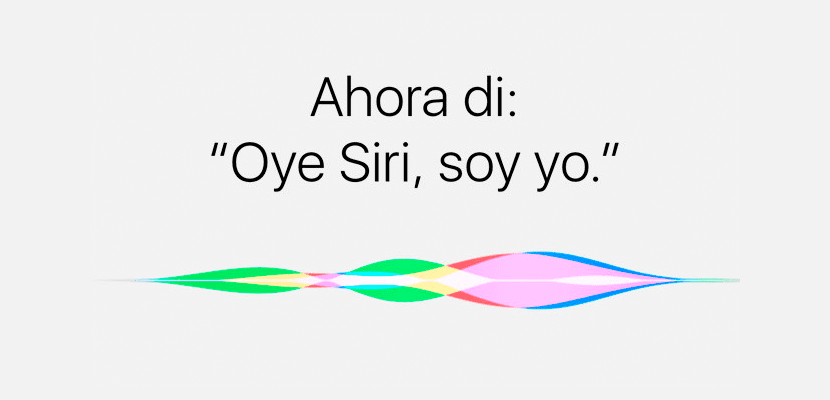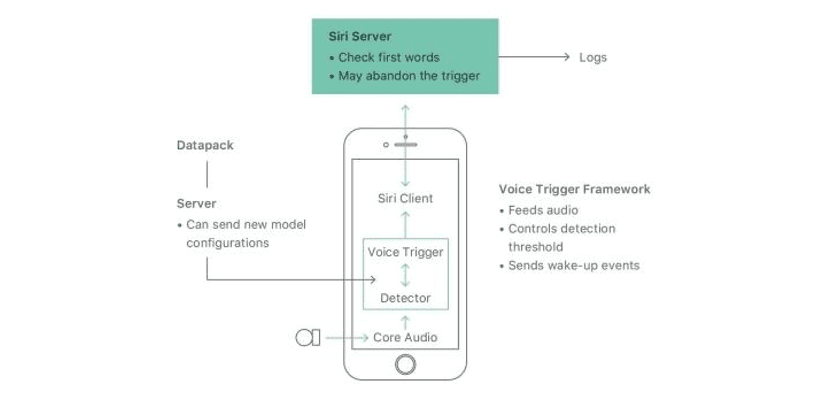
Siri is probably the best virtual assistant on the market, obviously there is something far from what we saw in the movie Her, or the new assistant from the movie Blade Runner 2049 ... But it is true that it works quite well, it is not a Wikipedia as the guys from Apple said, but whatever we need we will see it resolved just by asking Siri. A virtual assistant that has been discreetly updated and now has a much more "neural" power as the guys from Apple said ...
Neural or not, the truth is that it works quite well, and above all something that we like a lot is the possibility of invoking it just by saying the words "Hey Siri", two words that just by mentioning them open a wide range of possibilities to that Siri can help us solve what we need. How does Hey Siri work? Apple just released a explanation of this operation. After the jump we give you all the details about how your iPhone identifies you by saying Hey Siri ...

Obviously, the first step is to configure the «Hey Siri», a configuration that you can make through the Siri menu within Settings, once activated we must complete a process through which our iPhone will learn how we say the two words, that is, the iPhone learns our tone of voice and our way of speaking to be later. As soon as our iPhone hears the two magic words, the iPhone will activate Siri so that we can continue asking for what we need.
Worse, you've probably noticed that this doesn't work every time, sometimes our iPhone is not able to identify the two words, it does not activate Siri but it does increases listening sensitivity so understanding works better next time. Something quite interesting since we see how they go ahead of us, they do not understand us but the mechanism is activated to try to make understanding easier the next times ...
You have a mistake in the news. You have forgotten to put the paragraphs where you explain what you say in the headline:
This is how the "Hey Siri" works when we are not using our iPhone
Obviously this operation is what the iPhone has when we are not using it.
If we are using it, it is much more sensitive to anything we say.
A greeting and thanks for reading!
And stop uploading the same applesfera articles, be a little more original
Well, we have really been as original as all the blogs that talk about Apple, what's more, we have been as original as Apple who has also published it on their Machine Learning blog 😉
A greeting and thanks for reading!
I still don't know how the 'Hey Siri' works.
It is very simple. The iPhone is waiting to hear the words Hey Siri following the pattern that it has recorded when configuring this setting, once it hears us say the magic words, activate Siri.
If it does not hear us correctly, or something fails according to the recorded pattern, the iPhone increases the listening sensitivity to make it easier to recognize.
Obviously, all this happens when we are not using our iPhone as the title says.
Thank you very much for reading us, greetings!
Go shitty news, it is not explained how the siri works or anything….
In the previous answer I have made you a summary of the operation, a summary of what we have put in the post 😉
I hope that the next ones are more complete.
Thank you very much for reading us, greetings!